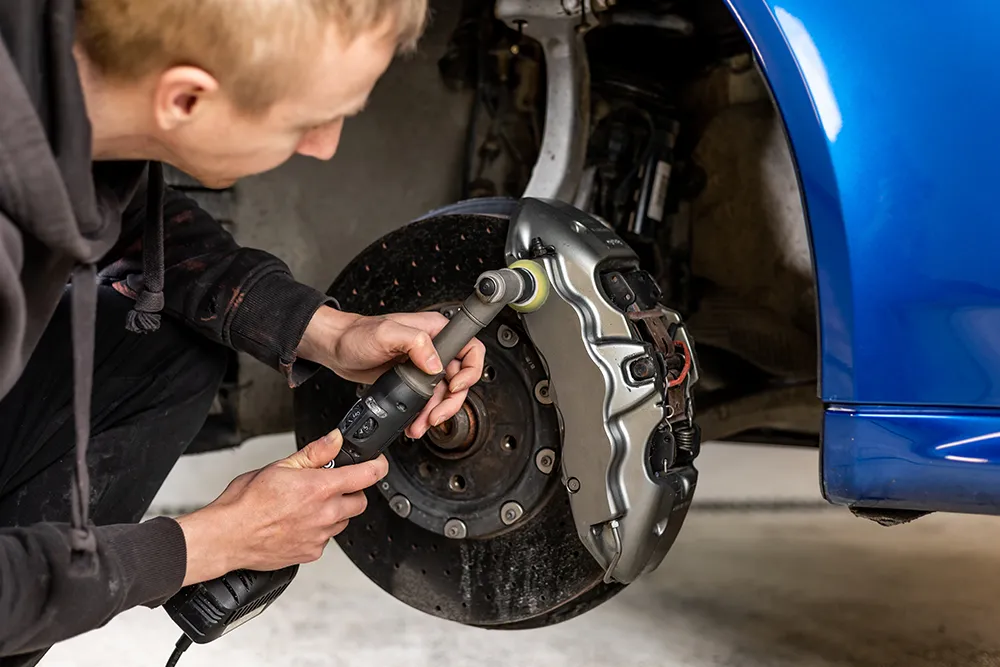As a vehicle owner, ensuring the proper maintenance of your car’s brake pads and rotors is crucial for both your safety and the longevity of your vehicle. A well-maintained braking system not only provides reliable stopping power but also contributes to overall driving performance. In this article, we will discuss essential tips for maintaining your brake pads and rotors to ensure optimal performance and safety on the road.
Importance of Brake Pads and Rotors Maintenance
Brake pads and rotors are vital components of your vehicle’s braking system. Brake pads create friction against the rotors when you apply the brakes, resulting in your car coming to a stop. Over time, both brake pads and rotors wear down due to this friction, leading to decreased braking efficiency. Regular maintenance of these components is essential to prevent potential safety hazards and costly repairs down the line.
Signs of Worn Brake Pads and Rotors
Before diving into maintenance tips, it’s essential to recognize the signs of worn brake pads and rotors that may indicate the need for immediate attention:
- Squealing or Grinding Noises: If you hear squealing or grinding noises when applying the brakes, it could indicate worn brake pads or rotors.
- Vibration or Pulsation: Vibrations or pulsations felt through the brake pedal may suggest warped rotors.
- Reduced Braking Performance: Longer stopping distances or a spongy brake pedal could indicate worn brake pads or other braking system issues.
If you notice any of these signs, it’s crucial to have your brakes inspected by a professional mechanic promptly.
Maintenance Tips for Brake Pads and Rotors
- Regular Inspections: Perform visual inspections of your brake pads and rotors regularly. Look for signs of uneven wear, thin brake pads, or grooves on the rotors.
- Brake Pad Replacement: Replace brake pads as recommended by your vehicle’s manufacturer or when they are worn down to a specific thickness.
- Rotor Resurfacing or Replacement: Rotors may require resurfacing or replacement if they are warped, scored, or have deep grooves.
- Brake Fluid Flush: Regularly flush and replace the brake fluid to maintain proper hydraulic pressure in the braking system.
- Avoid Heavy Braking: Minimize sudden or heavy braking, as it accelerates wear on the brake pads and rotors.
- Follow Manufacturer Guidelines: Adhere to your vehicle manufacturer’s recommended maintenance schedule for brake system checks and replacements.
Professional Brake Maintenance Services
While some maintenance tasks can be done by vehicle owners, complex brake system repairs and replacements are best left to professional auto mechanics. Regularly scheduled maintenance services at your trusted auto repair shop can help ensure that your brake pads and rotors are in optimal condition.
By following these essential tips for brake pads and rotors maintenance, you can enhance the safety, performance, and longevity of your vehicle’s braking system. Remember that proactive maintenance is key to preventing costly repairs and ensuring a smooth driving experience.



